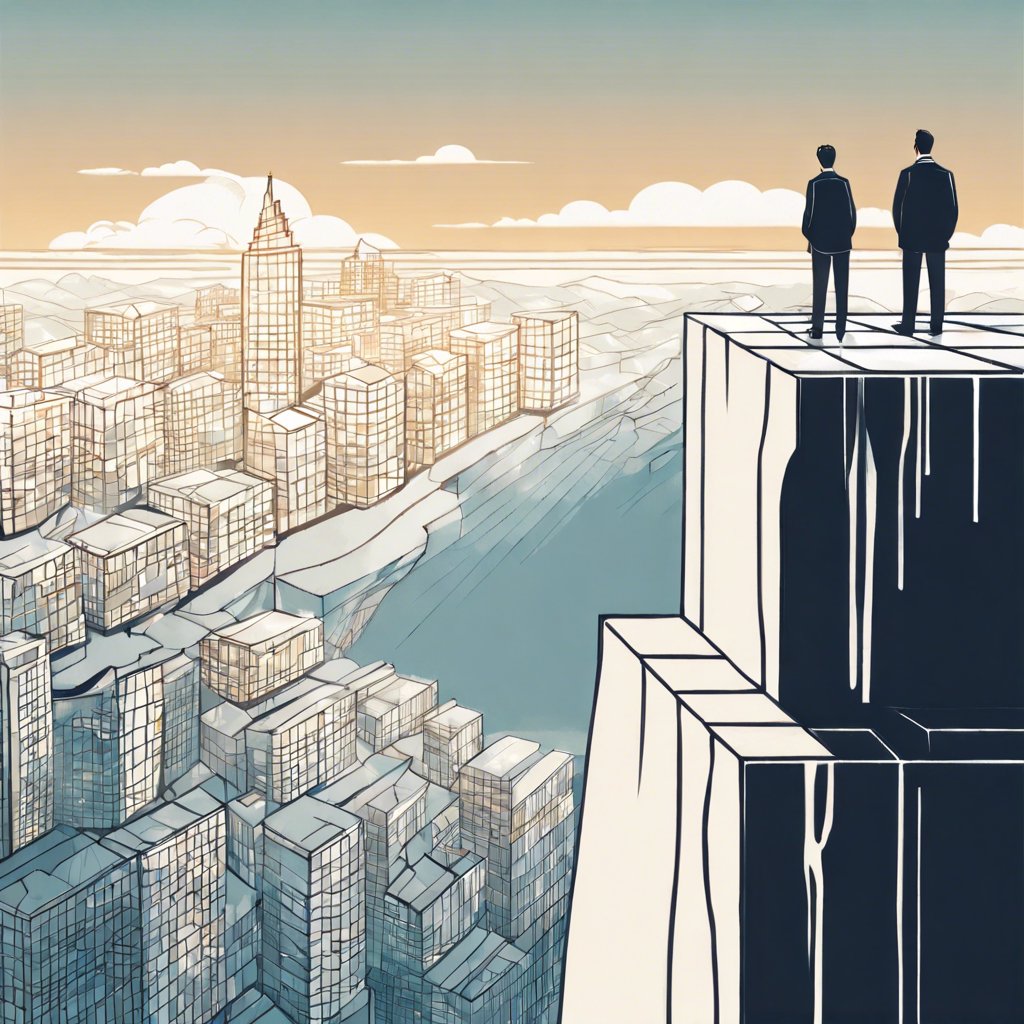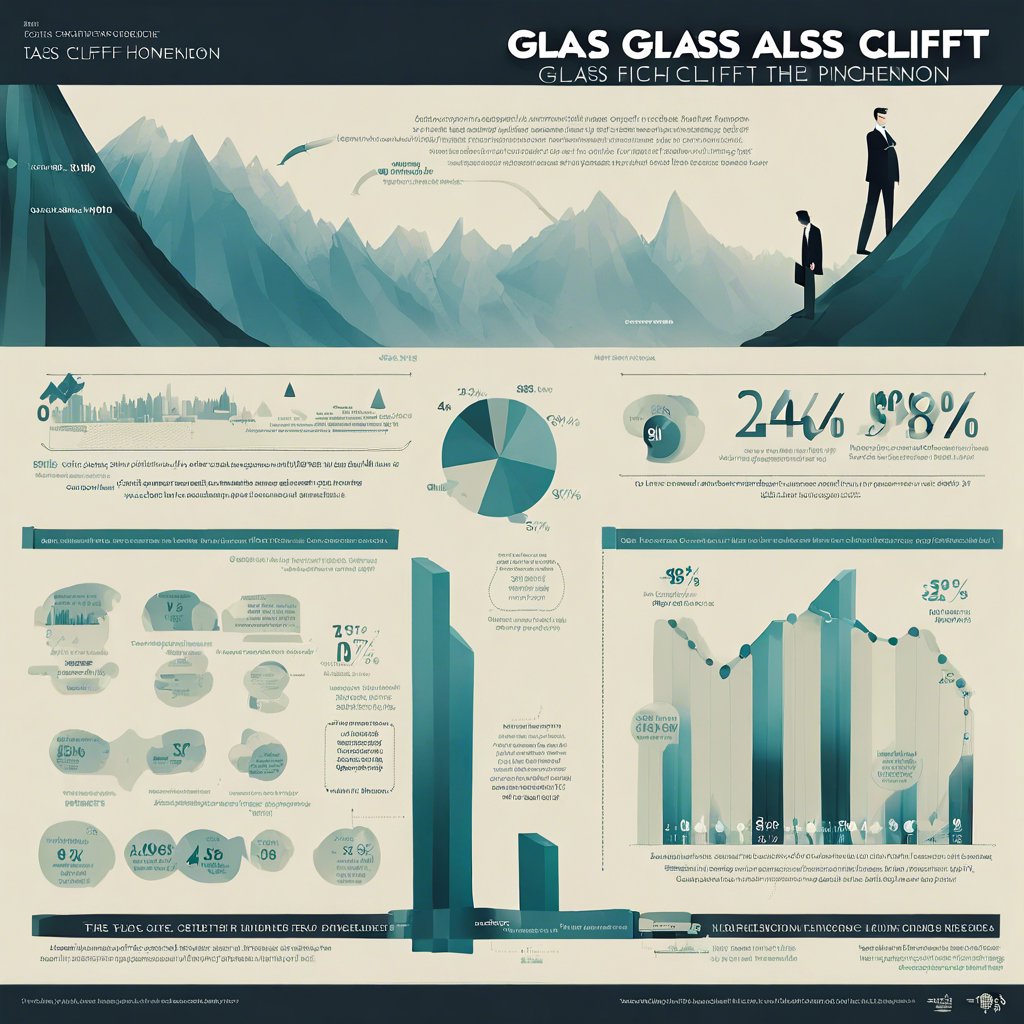When Boeing appointed Stephanie Pope as the head of its commercial airplanes division in March, it marked a significant step towards potentially having the company’s first female CEO. However, the move stirred mixed reactions among gender equity advocates. Some viewed it as another instance of the “glass cliff effect,” where women are often placed in leadership roles during times of crisis, setting them up for potential failure.
Notable examples of the glass cliff effect include Stephanie Linnartz at Under Armour and Sue Gove at Bed Bath & Beyond. Despite companies claiming that these decisions are not intentional, researchers suggest that women are sometimes chosen in crisis situations due to their perceived ability to navigate challenges with soft skills.
The glass cliff phenomenon extends beyond the corporate world and is observed in various sectors like government, sports, and academia. Coined in 2005 by British researchers Michelle K. Ryan and S. Alexander Haslam, the term originally focused on women but has since broadened to include individuals of color.
Sophie Williams, author of “The Glass Cliff,” explains that the term symbolizes the precarious position of being in a high-risk leadership role. Research indicates that companies appointing women to leadership positions during crises have often been in turmoil for extended periods.
Christy Glass, a sociology professor at Utah State University, has extensively studied the glass cliff effect. She highlights that women and people of color often possess the necessary skills to lead during turbulent times, having overcome numerous obstacles throughout their careers.
Despite their qualifications, accepting a glass cliff role can carry significant risks. Failure in such positions can have severe repercussions, leading to talented individuals being swiftly replaced without additional opportunities.















